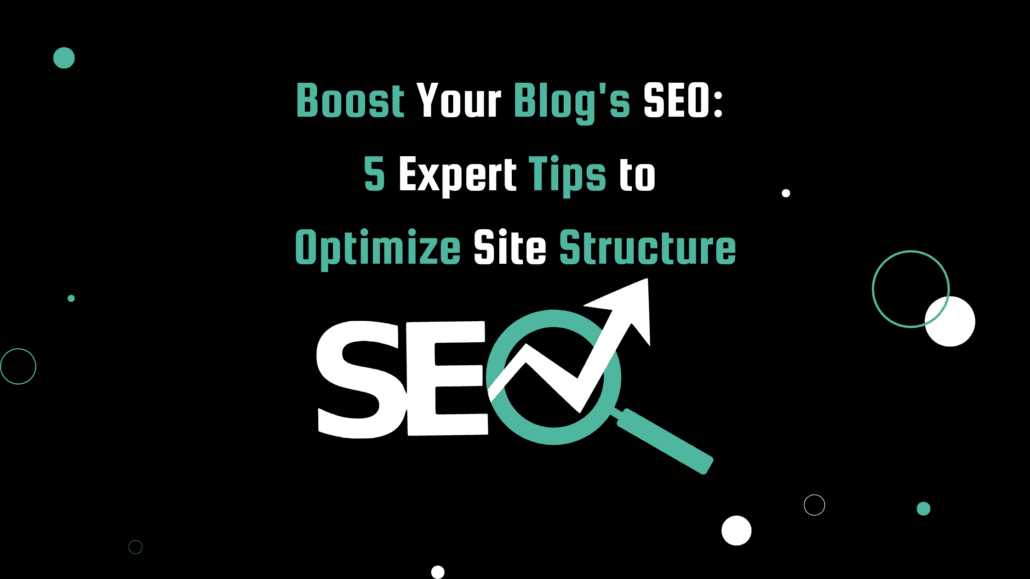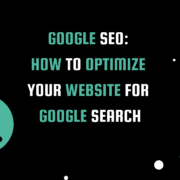Boost Your Blog’s SEO: 5 Expert Tips to Optimize Site Structure

Are you struggling to attract organic traffic to your blog? Your blog’s site structure could be holding you back. In fact, studies show that a well-organized site structure can significantly improve search engine rankings and user experience. In this article, I’ll share five expert tips to optimize your blog’s site structure for better SEO, supported by real-world examples.
1. Organize Content with Main Categories and Subcategories
How do I structure my blog site?
- Start by organizing your blog content into logical main categories and subcategories that align with your niche.
- A clear hierarchy helps search engines understand your site’s structure and makes it easier for readers to navigate.
2. Adopt a Consistent URL Structure for Clarity to Optimize Site Structure
How do I optimize my blog site?
- Use a clear and consistent URL structure, incorporating relevant keywords and reflecting your site’s hierarchy.
- Steer clear of long or complex URLs, which can be confusing for both users and search engines.
3. Optimize Site Structure to Boost SEO with a Strategic Internal Linking Approach
How can I improve my website structure?
- Enhance your SEO by linking to relevant content within your blog posts, assisting search engines in indexing your site and comprehending its structure.
- Use descriptive anchor text for internal links, improving user experience and providing additional context for search engines.
4. Enhance Navigation and User Experience
What are the four types of website design structures?
The four types of website design structures are hierarchical, sequential, matrix, and database-driven. To optimize your blog:
- Create a user-friendly main navigation menu, including links to essential pages such as your blog’s main categories and “About” page.
- Optimize your site’s header, footer, and sidebar for easy navigation and an improved user experience.
5. Utilize HTML Tags for Structured and Readable Content
Best practices for blog post structure, main blog parts, and pillars of blogging
The best structure for a blog post features a compelling introduction, organized content with subheadings, images, and lists, and a strong conclusion. The four main parts of a blog are the header, content area, sidebar, and footer. The six pillars of blogging are content, design, promotion, community, monetization, and analytics.
To improve content structure:
- Employ HTML tags like H1, H2, and H3 to structure your blog content, helping search engines understand your site’s hierarchy.
- Break up your content with bullet points, lists, and images for enhanced readability and user experience.
FAQ
In this section, we’ll address some additional questions that readers may have about optimizing their blog’s site structure for SEO.
How important is mobile responsiveness for site structure and SEO?
Mobile responsiveness is crucial for both site structure and SEO, as search engines like Google prioritize mobile-friendly websites in search results. Ensuring your blog is mobile-responsive improves user experience for visitors on mobile devices and can positively impact your search engine rankings.
How can I optimize my site’s loading speed?
Answer: Optimizing your site’s loading speed is essential for both user experience and SEO. You can improve your loading speed by compressing images, enabling browser caching, minifying code (HTML, CSS, and JavaScript), and using a content delivery network (CDN) to serve your site’s files.
What role does site structure play in the overall SEO strategy?
Site structure plays a significant role in your overall SEO strategy. An organized site structure allows search engines to crawl and index your site more efficiently, making it easier for them to understand the hierarchy and relationships between your content. Furthermore, a well-structured site improves user experience by making it easier for visitors to navigate and find relevant information, which can indirectly boost your search engine rankings by reducing bounce rates and increasing time spent on your site.
Conclusion
In conclusion, optimizing your blog’s site structure is a proven way to boost your search engine performance and user experience. By organizing content logically, adopting a consistent URL structure, strategically linking internally, enhancing navigation, and utilizing proper HTML tags, you’ll unlock your blog’s full SEO potential. Don’t wait – start implementing these expert tips today and watch your blog’s organic traffic soar!
Happy optimizing, homies!
Tony has a bachelor’s degree from the University of Phoenix and over 14 years of writing experience between multiple publications in the tech, photography, lifestyle, and deal industries.











Leave a Reply
Want to join the discussion?Feel free to contribute!